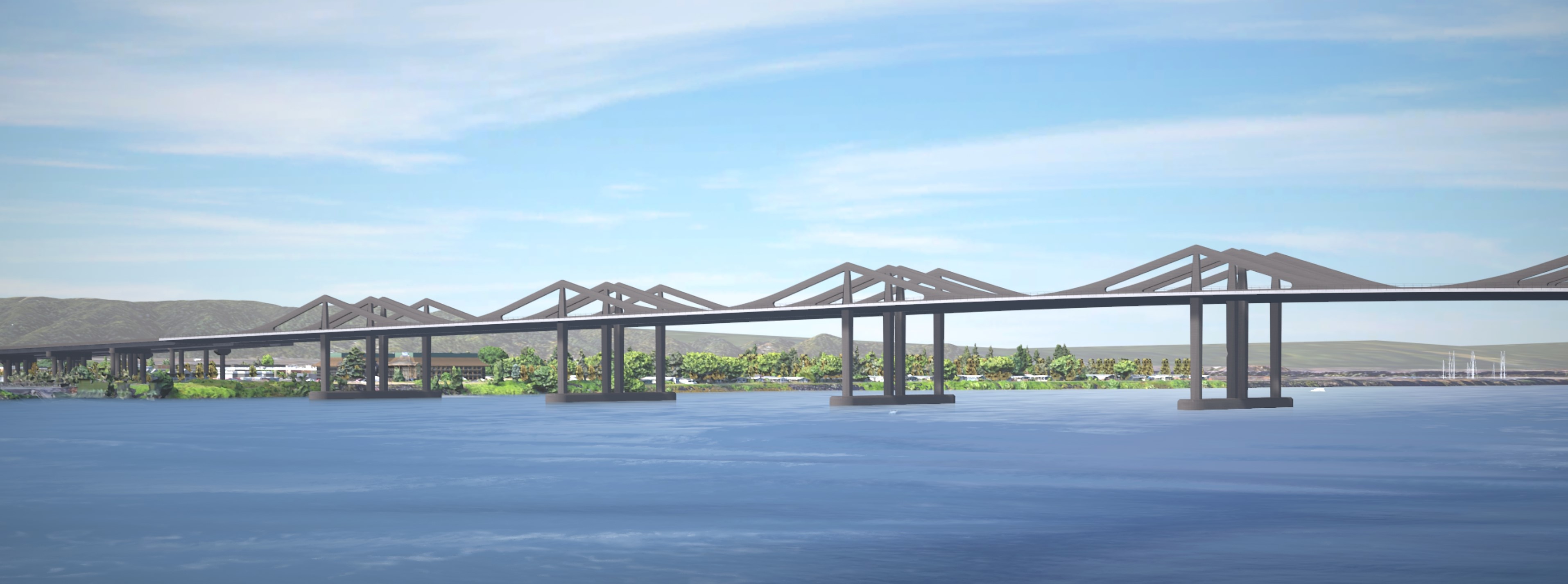A modern connection for a growing community
Interstate 5 provides a critical connection between Oregon and Washington that supports local jobs and families, and is a vital trade route for regional, national and international economies. Beyond the concrete and steel of the existing bridge is a thriving background of scenic views, natural systems and a rich history of our region’s national heritage.
We understand the vital link the bridge plays in connecting the region and the importance of the natural environment and health of our community. We are committed to finding a solution that will improve our transportation system, now and in the future.







